There are a lot of great books out there, though few as good as my new book, When Stones Speak. If you haven’t downloaded it on Amazon you really need to. While you’re enjoying When Stones Speak you might want to take a look at Barbara Tuchman’s, A Distant Mirror. It is a marvelous historical novel about Europe during the tumultuous 14th century. This two-time Pulitzer Prize winning author brings to life history like no one else can. Her descriptions of everything from the Hundred Years war, Black Plague and Papal Schisms to peasant uprisings are unmatched.
Much or her narrative follows the life of the French Noblemen Enguerrand de Coucy. I was fortunate to read this book eleven years ago while we were cruising the Northwestern part of France around Compiegne. I happened to look at a chart of the canal we were following and noticed that the next town we would pass was Coucy. I couldn’t believe my luck. I knew that the magnificent castle that the Coucy dynasty built was in the Picardy region of France. Based on the information in the book I hadn’t been able to locate it precisely. There was a steady drizzle that day, but as we rounded a bend in the canal the remnants of Coucy-le-Chateau came into view. The Coucy family was so powerful it was said, “Neither king nor prince am I: I am the Lord of Coucy!”
Situated on a hilltop overlooking the valley of the Oise River you could tell that at one time this was a special place. Unfortunately the ravages of time along with the Germans during WWI had left little of the original castle. The Archbishop of Remis Herve started the first structure in 920. Through wars, murder and marriage Enguerrand VII, the last and most famous member of the Coucy dynasty ended up as lord of the castle. He was one of the most powerful men in Europe, and his castle was proof of that power. The donjon (Keep) was the largest in Europe measuring 35 meters in diameter (115 ft.) by 55 meters high (180 ft.). The Germans occupied the castle during WWI, and when they were forced out used 28 tons of dynamite to destroy the donjon. The great hall was also one of the largest in Europe, and crowned by a wooden roof that looked like an inverted ships hull.
The next day we cruised a few miles up the canal and stopped at Soissons. While exploring the little town we came across this magnificent ruin along the road in a park like setting. I believe it was an old abbey, and was amazed that it had been left unattended and open to the public. I was so nice to see that there wasn’t any graffiti on the ruins. Apparently even the kids of Soissons respect their heritage.
-Tom Miller
Author of “The Wave” and “When Stones Speak”– Chuck Palmer Adventure novels
MAY

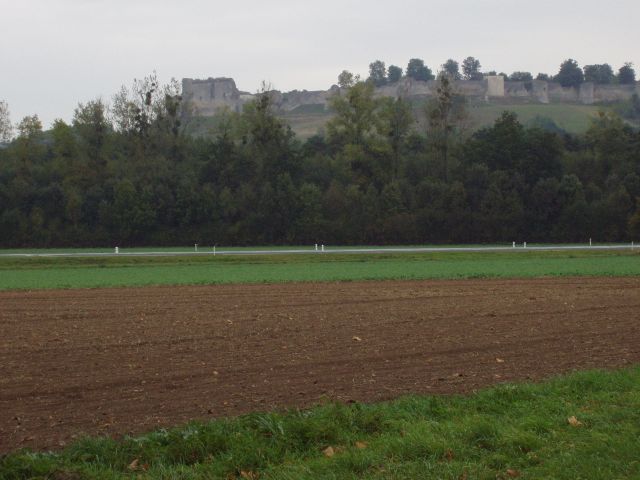


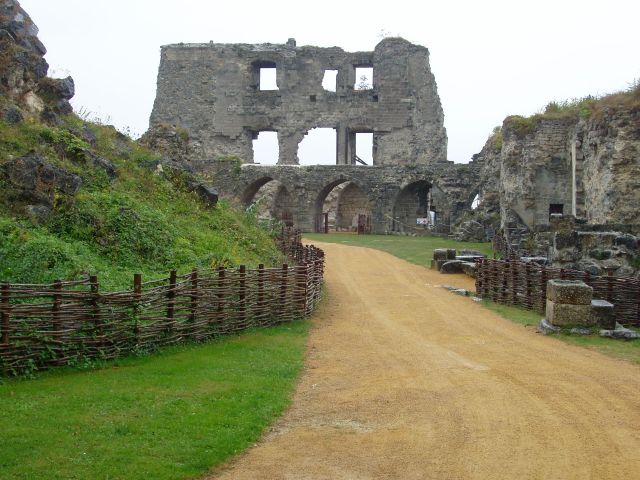

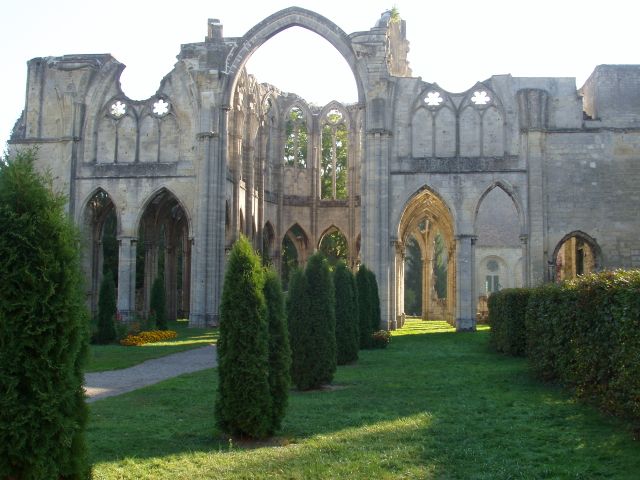

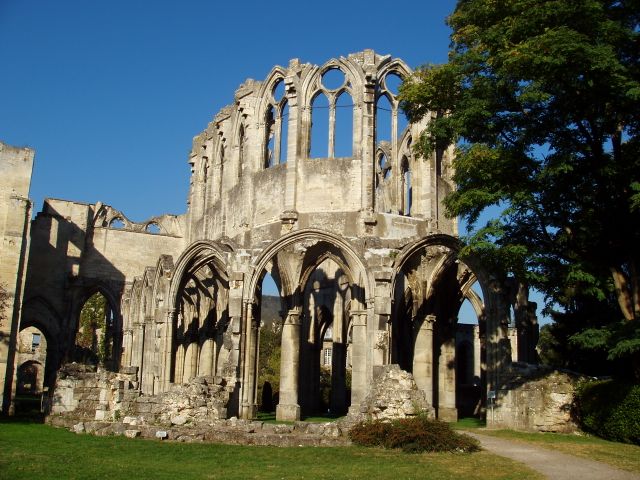
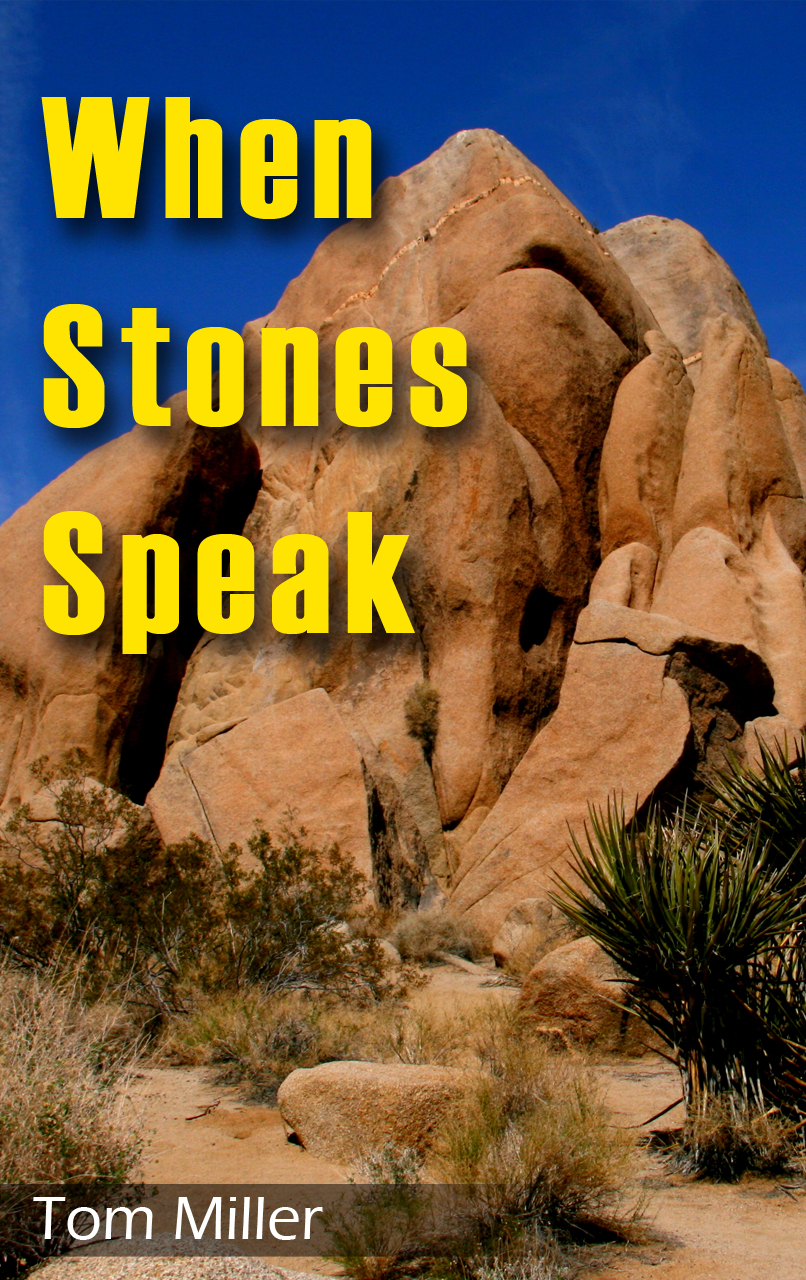
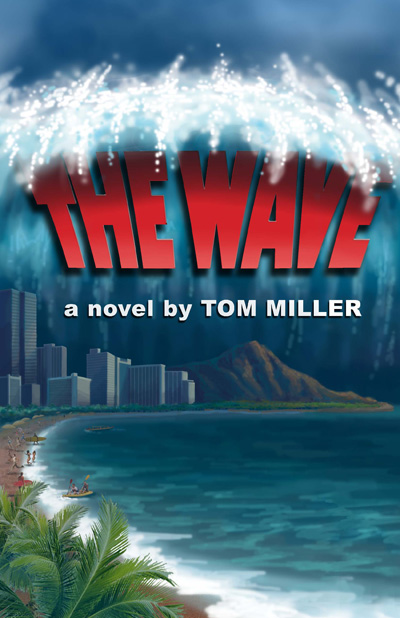
About the Author:
Tom Miller graduated from the University of Southern California with a Bachelor of Science in Geology. He is a consummate adventurer with over 1,000 dives as a recreational scuba diver, and an avid sailor who has traveled 65,000 miles throughout the Pacific including the Hawaiian Islands. Miller has also cruised the canals of Europe on his canal barge and given numerous lectures on cruising the canals of Europe, as well as sailing in the South Pacific. Piloting is also an interest of Miller's, and He has completed over 1,000 hours flying everything from small Cessnas to Lear jets.